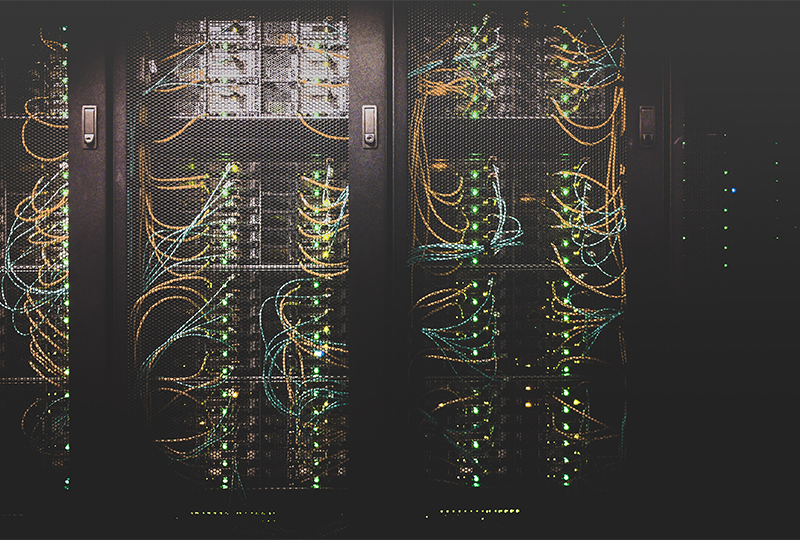
Apple Vision: Innovation Or Isolation?
22 Jun, 20234 minutesApple CEO Tim Cook unveiled the $3,500 Vision Pro headset last Monday. And we have to believ...

Apple CEO Tim Cook unveiled the $3,500 Vision Pro headset last Monday. And we have to believe him that these glasses use amazing technologies to show you really cool things when you wear them. The glasses can show either fully digital reality or digital images overlaid on the real world around you.
We can also imagine that glasses will become smaller and cheaper over time. And maybe one day they will just become glasses. But right now, Apple's biggest launch in more than a decade -- perhaps the biggest since the iPhone -- is glasses. If it weren't fitted with a power cable, you could mistake it for something you see on a ski slope.
For the record, Apple says Vision Pro is its entry into "spatial computing." In practice, that means it's a computer you wear on your face and instead of staring at a phone screen or monitor, you look into the headset - and sometimes through it to see digital images that overlay the world around you. It can be plugged into an outlet or run on a battery.
Apple promises you can do many of the things you can do on an iPhone or MacBook with the Vision Pro: run apps, use FaceTime, watch movies. But instead of operating the software with a mouse, keyboard, or touchscreen, you'll use your eye and hand movements as the cameras are aimed at your face and the outside world. We've seen this technology before, in Meta's Oculus line of VR headsets. But as so often, Apple claims its version is better, more polished and more intuitive.
What these glasses can do:
In Apple's mind, spatial computing means the "seamless [merging] of digital content with physical space." You put on the glasses and now you see app icons floating in space and overlaying your actual surroundings. You navigate with your eyes, which the glasses follow, and you interact with the apps using gestures: "Tap your fingers together to make a selection and swipe lightly to scroll." None of us will know how great or terrible this is until we try it. (You can also dictate, for example to go to a specific website.)
For applications that require text input, you can pair a Bluetooth keyboard. Now the use case is becoming more and more compelling, at least for me, as I could benefit from multiple monitors but don't have the desk space I need. Another useful feature, at least for those of us whose eyesight is failing, is the ability to see things much larger than on a physical monitor. You can also choose to replace your visible surroundings with some sort of immersive desktop image. In the spirit of safety and awareness, Apple says that every human entering the room is immediately visible through the virtual image you're looking at.
Screen Mirroring
The Vision Pro can connect to your computer and virtually create a much larger version of the screen that floats in space. That might come in handy, but whether it's worth strapping these glasses onto your face remains to be seen.
Face Timing
In the Apple demo, we see a Vision Pro user face-timing with people who aren't wearing the glasses. She sees them in their natural video format. But what do they see? Turns out you have to scan your face while putting the glasses on. A virtual avatar is then created of you, which is then projected onto the people you are on the phone with.
Entertainment
Of course, with the Vision Pro you can view photos, watch movies/TV and play video games. Apple also announces that it intends to offer a series of videos recorded in 3D. The main disadvantage is that the former group activities are limited to a single user. Family or friends cannot gather to see or experience the same event unless everyone has a pair of Vision Pros. But maybe that's the way society is going.
The Potential Benefits
Vision pro is a sophisticated device that is relatively easy to set up and incredibly intuitive to use. Setup requires using an iPhone to automatically do some assessments of your eyes and ears. Additional calibration is required if you wear prescription glasses, but Apple promises it won't be complicated. Unlike other headsets, the Vision pro isn't an awkward-looking piece of hardware, although the goggles aren't exactly fancy.
Controlling the Vision pro is described as amazingly simple. Users simply press a button above the right pair of glasses to bring up a virtual screen of apps. To open an app, all you have to do is look directly at it and pinch your thumb and fingers. The same app can be closed with a finger press or pushed aside by holding two fingers together and moving them in the desired direction.
Not surprisingly, Apple's well-curated demonstration put the Vision Pro in the best possible light. The headset seems to be very popular for business purposes as it improves collaboration and video conferencing, especially at a time when more and more work is being done remotely. It's thanks to Apple that the Vision Pro is designed so that users can still see their surroundings if they choose to.
The Potential Downsides
It seems like Apple has done something with the development of the Vision Pro that other tech companies have failed to do: It's cracked the code to make both virtual and augmented reality more compelling and less confusing than a variety of other headsets has done in the last ten years.
The only reason the Vision Pro won't be an instant sensation is its price. When it launches in the US early next year, it'll sell for $3,500, likely making it a luxury item most households can't afford. Mainly because the headset will not replace the need to buy a new iPhone or smartphone with the Android operating system every few years.
The most likely scenario is that Vision Pro is, in a way, Apple's test bed for mixed reality, which will encourage the development of more apps specifically designed to take advantage of the technology. The next ripple effect will be a slew of other products armed with similarly compelling technology at lower prices that stand a better chance of drawing more people - including children - into the realm that uses screen addiction to the detriment of real-world human-to-human interactions and threatens to deepen.
Being specialised IT consultants, we surround ourselves daily with the changing industry and new opportunities being created according to technological advances. If you want to stay on top of your game and stay ahead of the job market, then don’t hesitate to contact one of our many recruiters. Discuss the current job market and industry trajectory, or discuss new opportunities to further your career.









